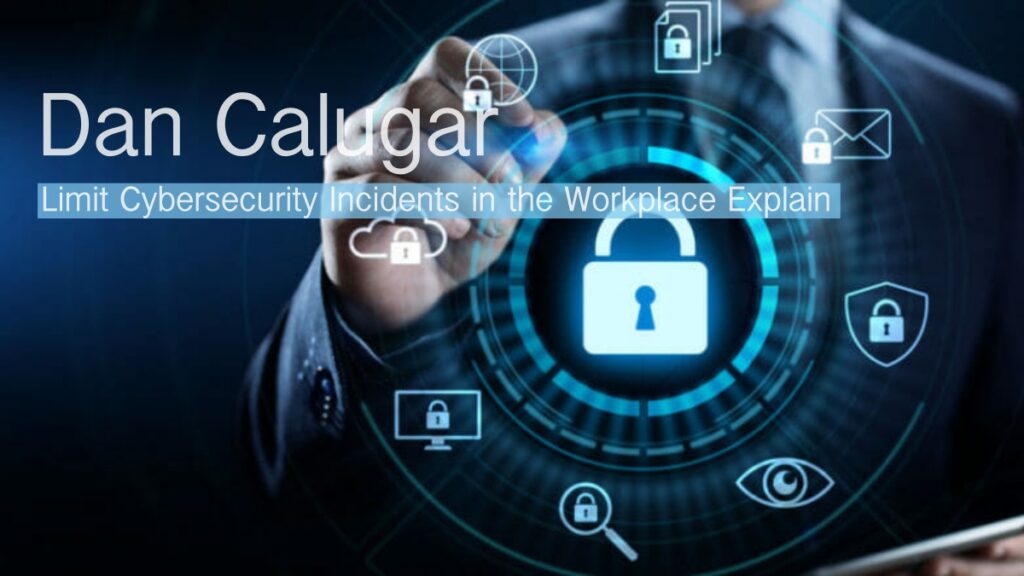Cybersecurity is of the utmost importance not only at home but in the workplace. A few simple missteps by yourself or an employee can lead to devastating breaches and leaks that can bring a business to its knees and strip away customer confidence. With hackers and cybercriminals getting more and more sophisticated in their intrusion attempts, it’s up to you to keep your business and data safe. Here are some tips from Dan Calugar to reduce and prevent cybersecurity incidents in the workplace.
Rethink Your BYOD Policy
BYOD stands for “Bring Your Own Device,” referring to a tendency for businesses to allow or encourage their employees to use personal devices for work and access to company resources. With a significant amount of work happening online, personal devices as they relate to business affairs have slipped into the norm out of necessity.
The most attractive benefit of BYOD is the ability for employees to work from anywhere, any time. However, more devices connected to a network increase that network’s vulnerability, especially when devices haven’t been adequately strengthened against intrusion.
Mobile devices have proven to be incredibly potent weak points in cybersecurity; however, any device with access can become a backdoor. If an employee can access their business’s network with a device, the front door to that network is essentially wide open if that device is lost, sold, or compromised. Or, if that employee leaves the company, they retain access until booted off the network or until network security is updated.
Software must be a consideration, as well. With business-owned devices, there’s a level of control over what programs and applications can be installed on a device, lending a certain baseline of security. However, a business has no control over what software can be installed when it comes to personal devices. The risk potential for malware and app-based vulnerabilities is significantly higher in such devices.
When considering or implementing BYOD, businesses must start with a security-first policy that establishes a standard level of security across all devices connected to the network. Organize a list of approved devices, mandate data encryption, and ensure that employees only connect using a VPN. Educate yourself and your employees on these and other cybersecurity best practices.
Whitelisting
You can safely whitelist applications on company equipment to install only approved software on a device. A whitelist is simply a defined list of approved applications. If an application is not on the list, it cannot successfully execute, effectively filtering out malware.
Limit Admin Access
If a user has admin access to a device on the network, that user can make significant changes to that device. A user may install unapproved software, bypass security, or further access sensitive data. Where you can, require administrator privileges to prevent that device from becoming a vulnerability.
Multi-Factor Authentication
Multi-factor authentication is a protocol that calls for multiple, separate devices to be involved when accessing a network, software, or application. Typically, logging in with multi-factor authentication requires typing a password into the login page of whatever you’re attempting to access and following up on an approved mobile device to confirm your login attempt.
This strategy is a simple but effective blocker that prevents unwanted access and limits damage should someone discover your password.
About Dan Calugar
Dan Calugar is an esteemed investor with a background in business, law, and computer science. With a keen interest in technology, he pursued computer science early on before obtaining degrees in business and law.
Calugar developed a passion for finance while working as a pension lawyer. He leveraged his technical skills to build computer programs that would analyze vast amounts of data and explore trading strategies to identify more worthwhile investments, allowing him to succeed quickly as an investor. Dan spends much of his off-work time traveling with his life partner and family or supporting the Angel Flight Organization.

